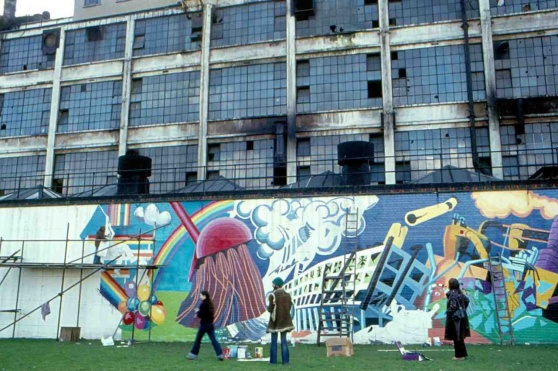
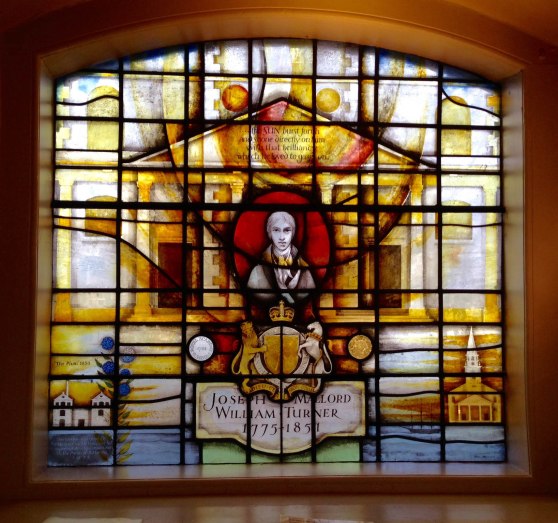
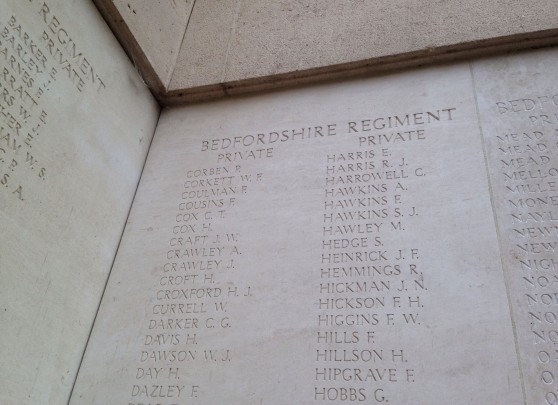
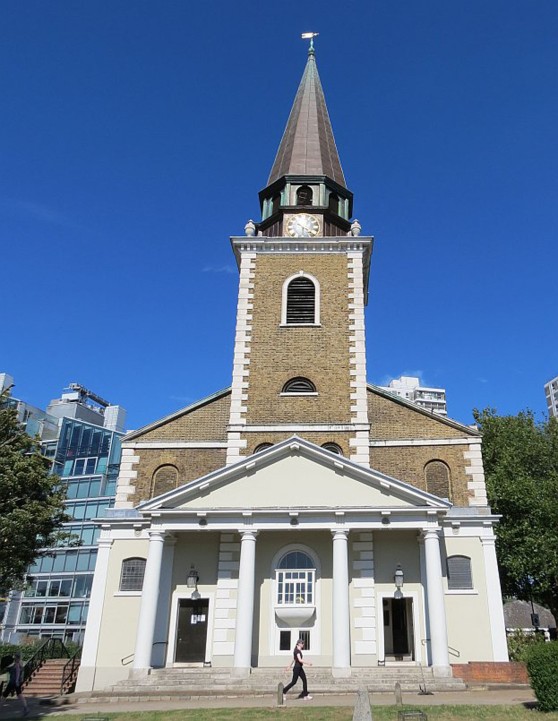
The pretty little church on the river has popped up in several 182 stories and is always worth a visit. Surrounded by luxurious tower blocks and gated estates, it was once dwarfed by flour mills, chemical works and one of Battersea’s most famous factories, the Morgan Crucible. One of the thousands who worked there was Stanley James Hawkins from Huntspill Street. He perished 100 years ago this summer in the horrific Flanders mud bath with the beautiful name of Passchendaele.
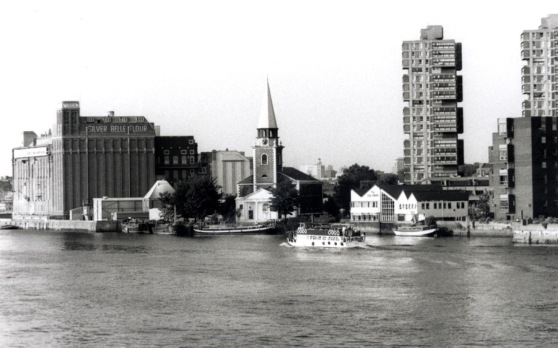
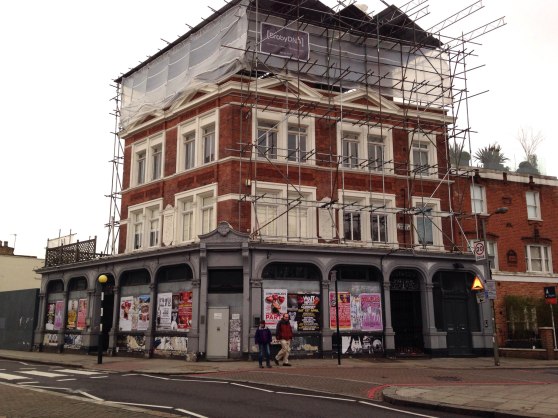
St Mary’s Church, Battersea has a long history. There’s been a place of worship here since 800 AD and the current church dates from 1777. William Blake was married there and Turner painted riverside scenes from a vestry window. It’s genteel appearance belies the fact it has witnessed such upheaval and change. Battersea seems to have had more than its share and it’s no different today with the Power Station and Nine Elms developments once more transforming the waterfront a little further up the river. It was in this church on 21st May 1885 that a 21 year old carpenter and builder called James Joseph Hawkins married a 20 year old milliner with the most magnificent name of Letty Wellbeloved. James’ father was of ‘no known occupation’, which doesn’t sound promising. By contrast, Letty’s parents Thomas and Harriet ran The Rising Sun pub on Surrey Lane, close to Battersea Park. Surely a few glasses were raised in there that night to salute the young newly-weds.
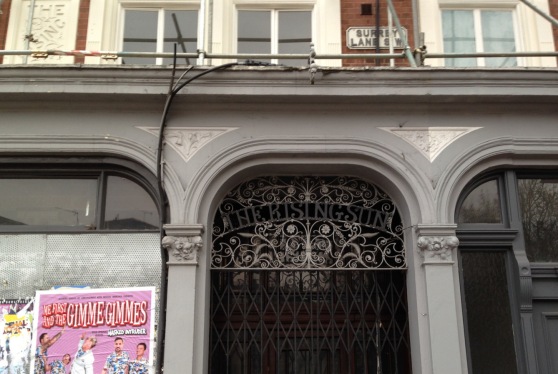
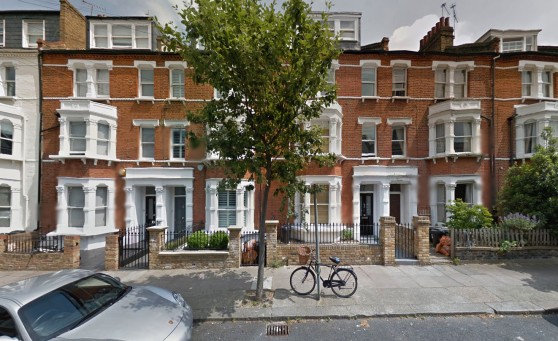
Their first child Ethel was born the following year and on 20th July 1887, Stanley James arrived. He was baptised at St Mary’s, Battersea on 18th September when they were living at 7 Rosenau Road where he was probably born. A quick google tells me this house was on the market a few years ago for £1.75 million. In 1901 they were still in Battersea at 94 Surrey Lane, very handy for a few jars in The Rising Sun. James was clearly on his way up and was now a builder’s foreman. A third child Mary soon followed and in 1904 Letty completed the family. On the day of the census, two of James’ sisters are accounted for, both employed at a laundry, possibly the massive Imperial Laundry on Battersea Park Road. Stanley was thirteen and a job at the booming Crucible Works would definitely have been on any sensible school career advisor’s agenda at the time.They had even started making carbon brushes and opened up a factory in Russia.
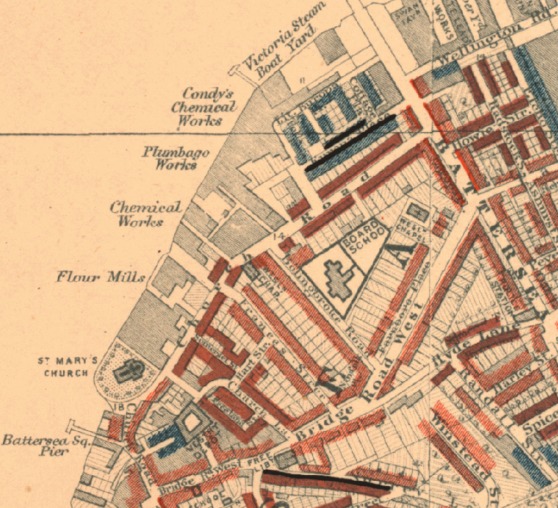
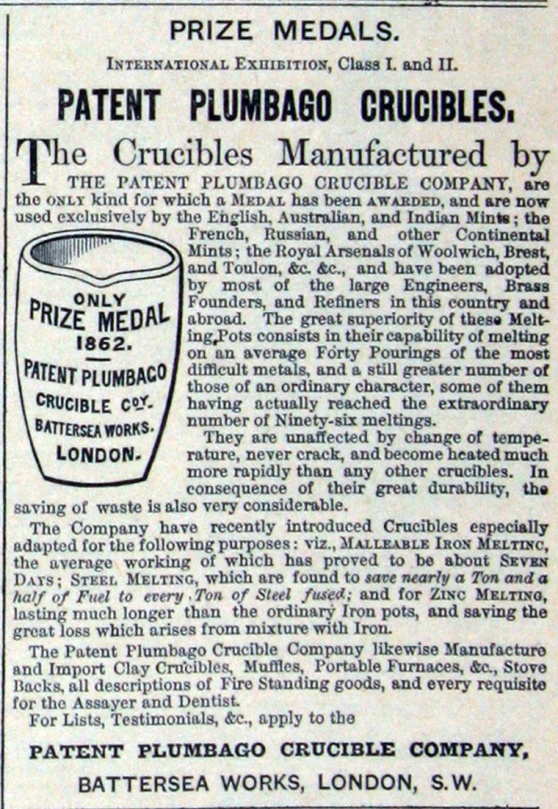
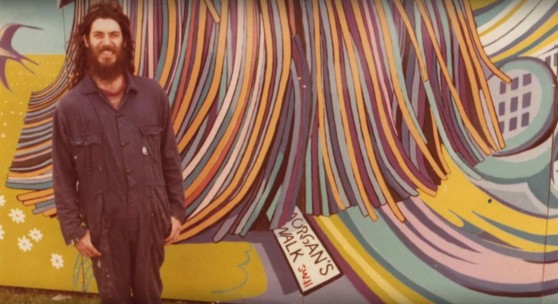
The Patent Plumbago Crucible Company was established by the six Morgan brothers in 1856 after being inspired by something they saw at The Great Exhibition. By the early years of the twentieth century and now the Morgan Crucible Company, it was the largest manufacturer of crucibles in the world and starting to spread its tentacles overseas. In 1976 it finally shut up shop in Battersea with the loss of 300 local jobs. Local artist Brian Barnes MBE mourned its passing and that of working class life in Battersea with a striking 300 feet long mural on the side of the vacated buliding. Sixty local people were involved in the production of ‘The Battersea Mural: The Good, the Bad and the Ugly’ over two years. It depicted a giant brush sweeping away the old tower blocks and polluting factories, replacing them with a rainbow dreamland vision of prosperity for ordinary people. Dream on. The building was demolished two years later and with it went Brian’s artwork. The name of the company lives on in the riverside development, Morgan’s Walk.
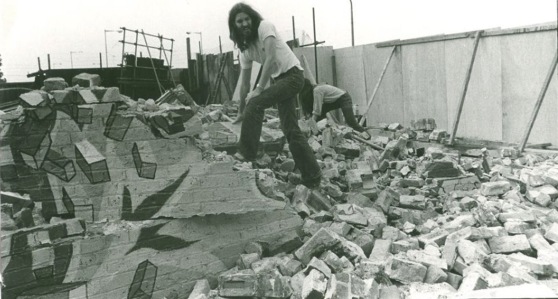
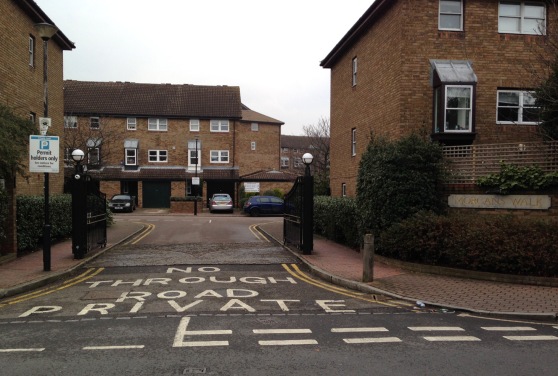
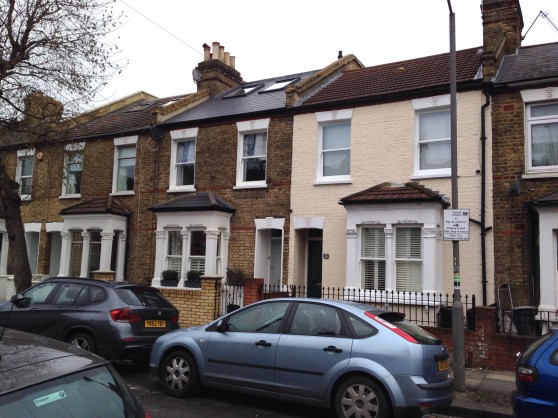
By 1911 Stanley had left home, now 51 Parma Crescent, but not the crucible factory where he worked as a labourer. He was now firmly anchored a few miles away in Summerstown, where on Christmas Eve 1910 he married Emma Smith in another St Mary’s Church. Also Battersea born, she was the daughter of a bootmaker from 35 Huntspill Street. They moved into No50, just opposite the Mace family. Almost a year later, a son Albert was born on 28 December 1911. Around 1914 it would seem they moved to 26 Tranmere Road in Earlsfield. This is the first time that this long road connecting Burntwood and Earlsfield School has had a Summerstown182 connection, though it has always been more in the orbit of the much closer St Andrew’s Church.
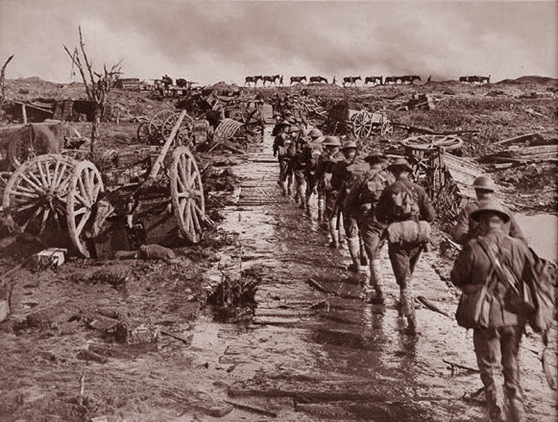
Stanley’s war service would appear to have involved three different regiments. It seems he first joined the East Surreys in Kingston, then the Northamptonshire Regiment. It was whilst he was with the 7th Battalion of the Bedfordshire Regiment that he was killed in action on 10th August 1917. This was in the attack on the German high ground position at Westhoek Ridge, one of the major assaults of the Battle of Passchendaele. Notorious for its mud, lack of progress and costing half a million lives, this was General Haig’s bold attempt to break through Flanders with the aim of destroying the German submarine menace operating from the Belgian coast.
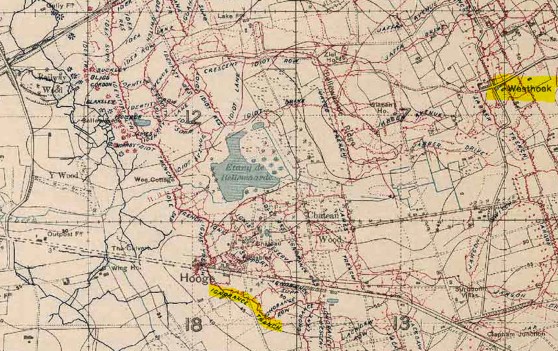
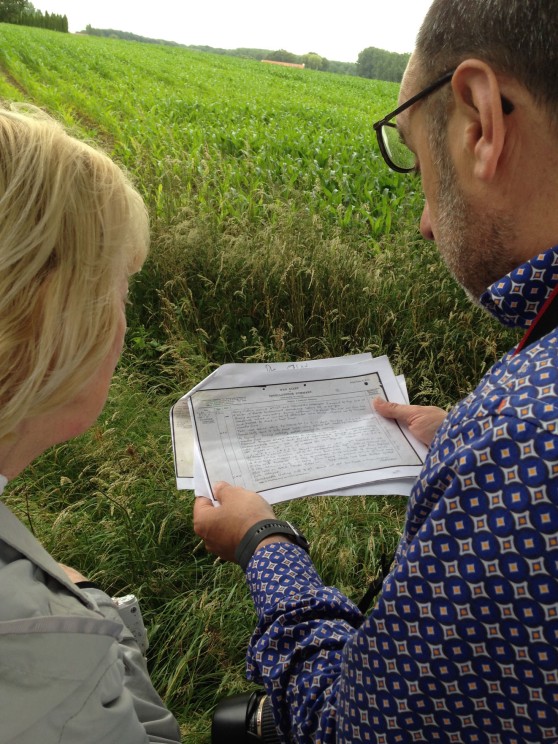
In his time with the 7th Bedfordshires, Stan may well have come under the command of Lieutenant-Colonel Arthur Percival, infamous for his later exploits in Cork and Singapore. He may well also have known a baker from Fulham called William Clay. If their paths didn’t cross at St Mary’s Church or on Garratt Lane, they may well have rubbed shoulders when they were both with the Northamptonshires. There’s a bus stop opposite William Clay’s house and if the 44 bus to Battersea was running in 1911, Stanley Hawkins would probably have caught it all the way to the Crucible Works. One thing is for sure, in the summer of 1917 they were both in Flanders preparing to attack Westhoek Ridge. Both would be killed there in the space of a couple of days. This was the spot, a few miles east of Ypres, that we visited last summer with William’s Granddaughter, Iris.
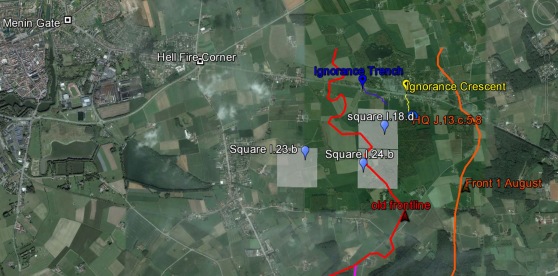
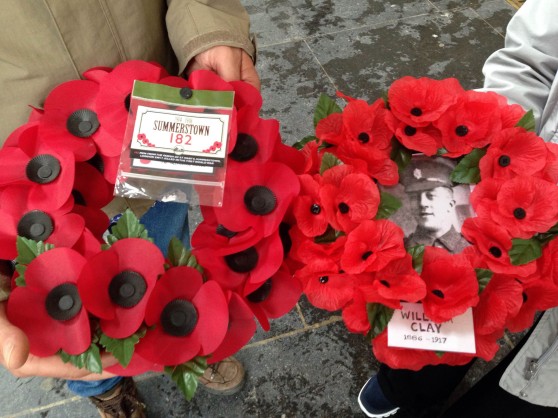
In one of the most humbling, spine-tingling moments of our entire Summerstown182 experience, battlefield historian Bart Seynaeve used maps and the war diary to show her where her Grandfather had fallen 99 years before, near the cemetery at Sanctuary Wood. Later that evening she laid a wreath in his memory at the Menin Gate Last Post Ceremony. Stanley Hawkins’ name is also on this memorial and Sheila placed another wreath in memory of him and the nine other members of the Summerstown182 who have no known graves and whose names are on this memorial.
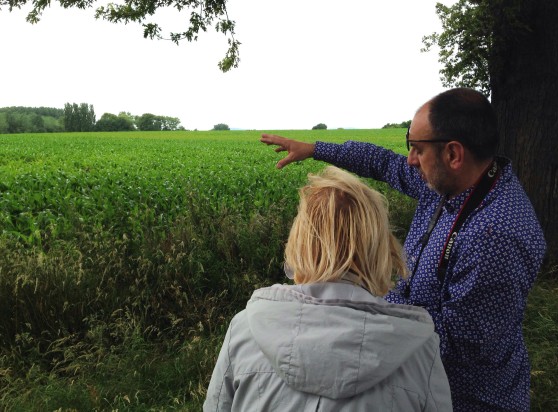
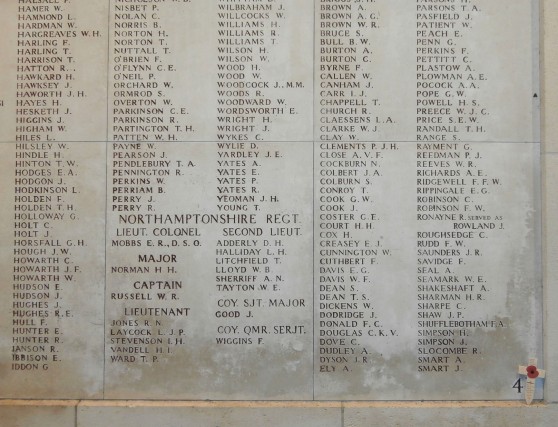
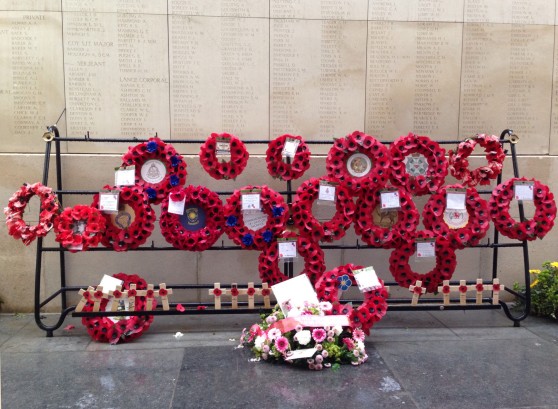
Back in 1917 it was the wettest summer in Flanders for a generation and rain delayed the attack. Stanley spent his last week digging in, familiarising himself with the terrain, nervously waiting for the order. He may even have heard that his mate William Clay had been struck by a shell whilst sheltering in a dug-out. On 7th August the Diary records ‘The night was fairly active, A and D companies encountered considerable hostile shell fire in moving up through Sanctuary Wood’. On 8th ‘About 7pm a heavy storm blew up and intense rain fell, the ground became exceedingly heavy and very muddy. The attack arranged for the 9th was postponed 24 hours’. It finally came on the 10th August and at 435am the Bedfordshires advanced on Westhoek Ridge. ‘The battalion famous for its fighting spirit in the past eclipsed all former deeds of gallantry, when heavy wire held up the foremost men, those behind stood on lumps of earth and rubbish and fired over the heads of those cutting the wire, seldom have any troops shown such brilliant dash and utter contempt for the Bosch’. There were still over 250 casualties.
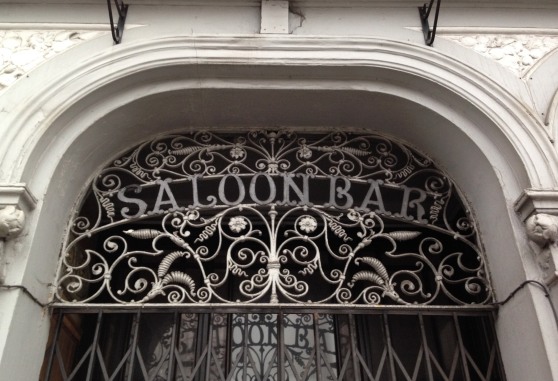
Compared to many other soldiers, news of Stanley’s death was swiftly relayed home. The St Mary’s parish magazine of October 1917 announced ‘Stanley James Hawkins of the Bedfordshire Regiment, was killed in action on August 10th. His Captain writes – He was a good soldier and will be missed by his officers and comrades’. Painful though it was for Emma and six year old Albert, they could at least get on with life and not have the torture of waiting for news. Emma married George Eley in 1922 and for a while they lived at 31 Deal Road in Tooting. That’s the next-of-kin address on Stanley’s Commonwealth War Graves Commission record. They had two more sons and in 1939 were living at 27 Graham Avenue in Mitcham. Albert was still at home and working as a greengrocer’s assistant. James Hawkins passed away in 1921 aged 57 but Letty lived on until she was 81 and died in 1947. Albert Hawkins died in Sutton in 1980. The Rising Sun became the Prince of Wales but closed in 2014. It still commands attention on the corner of Surrey Lane and Battersea Bridge Road, semi-scaffolded and prepared for the next chapter, whatever that may be. Gazing through the rusted wrought ironwork, its hard not too imagine the spirit of Letty Wellbeloved still lighting up the saloon bar on a Saturday night.
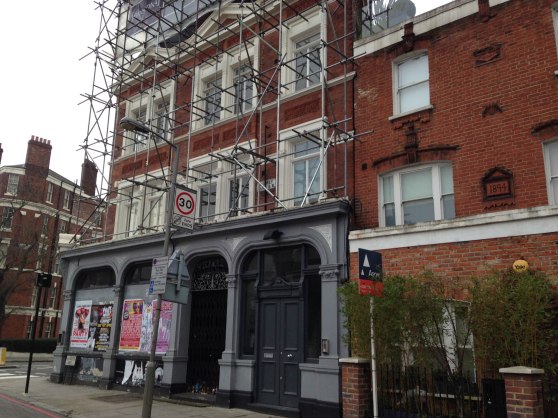
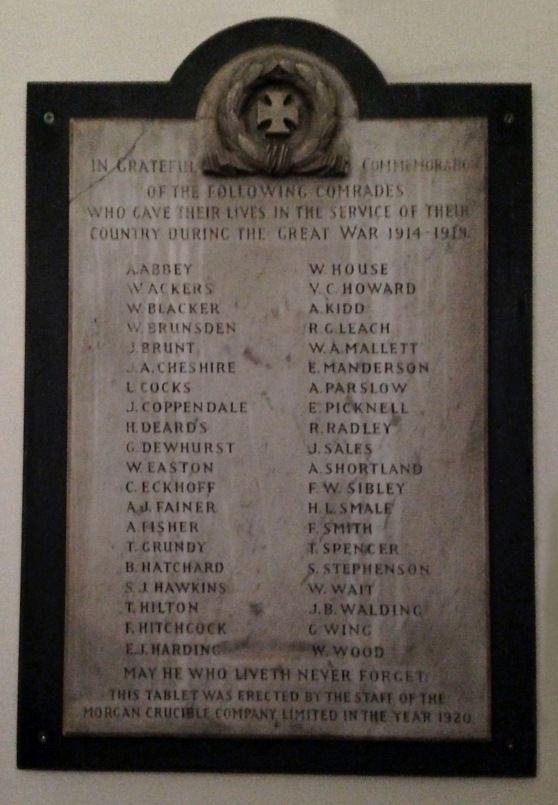
The factories and the pubs may have gone, but St Mary’s Church, down by the river in Battersea is still thriving. I popped in on the off-chance that I might be able to locate the war memorial there to Morgan Crucible employees. It contains forty names, one of whom is ‘S J Hawkins’. Whenever I visit, it seems to be open and there is something interesting going on. This time it was a most enchanting flute and piano recital by Jonna Jarvitalo and Ana Manastireanu. I was welcomed warmly with tea and useful information. With the last of the winter afternoon light streaming through the Turner window, it was hard not to believe that the duo’s performance was personally for Stanley Hawkins. His family should be proud to know that his memory is preserved in some very special places.